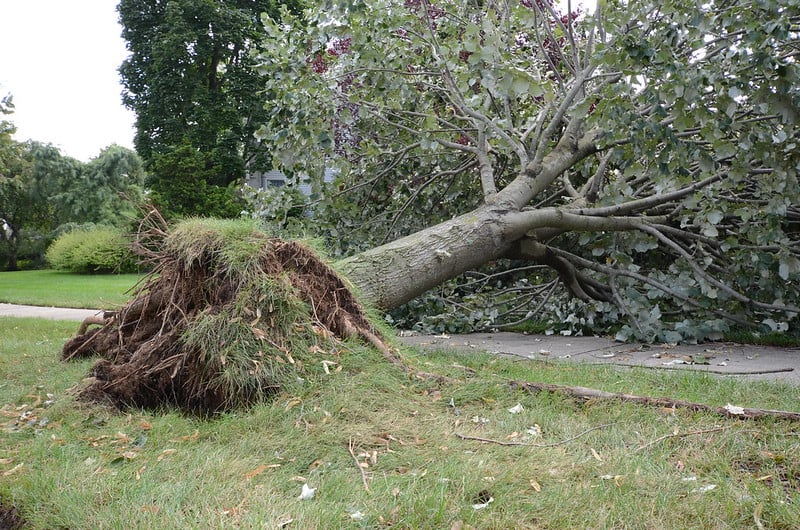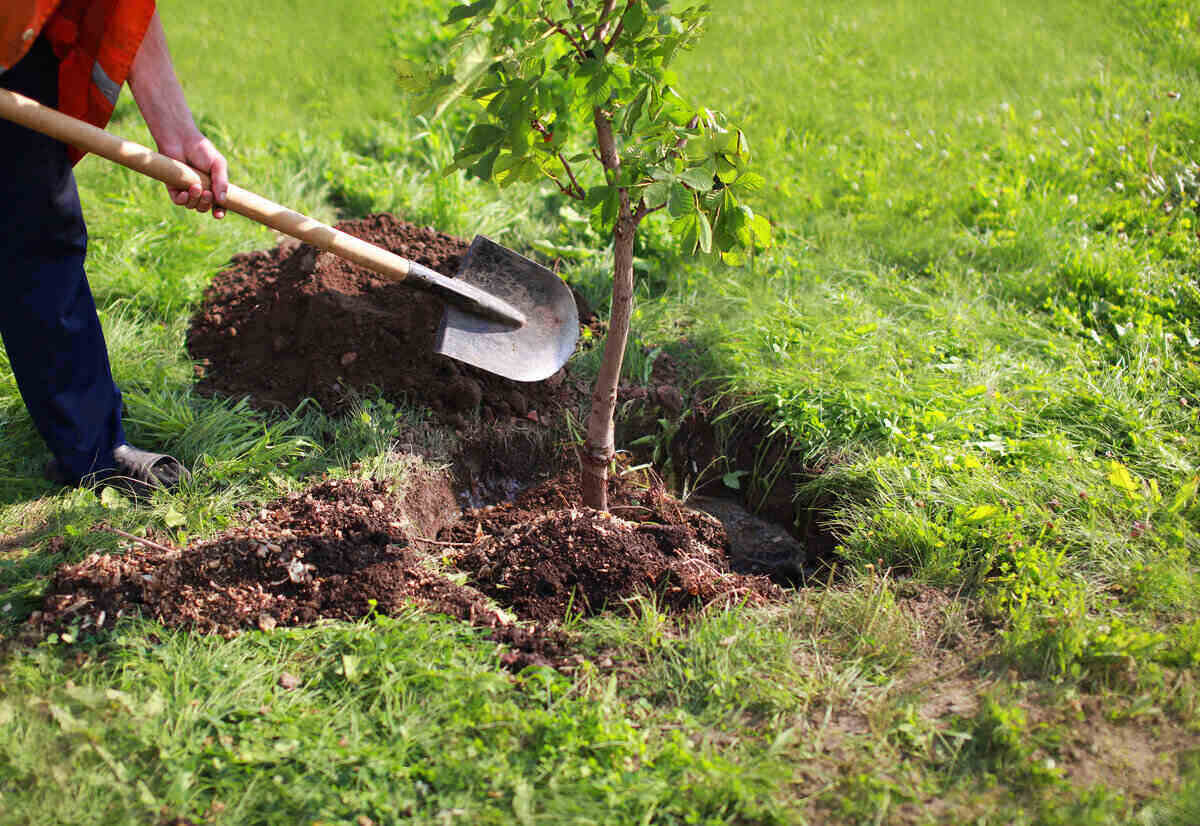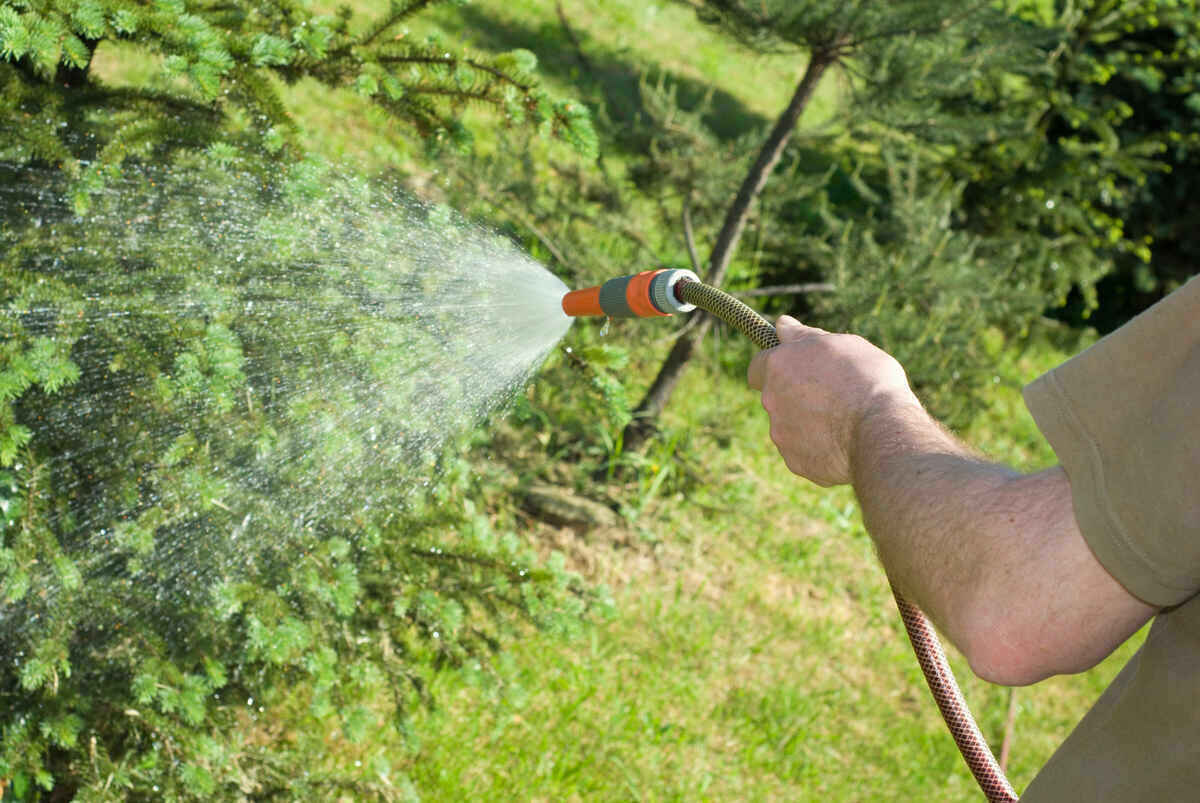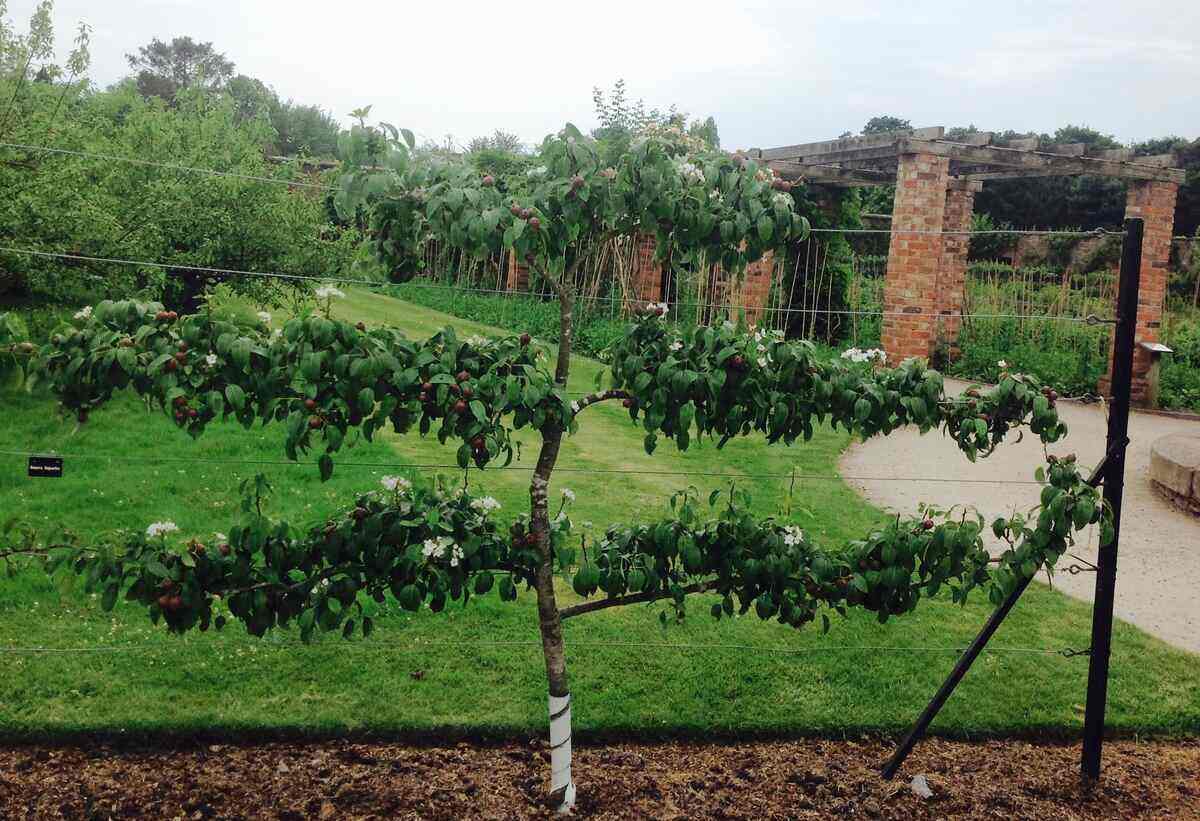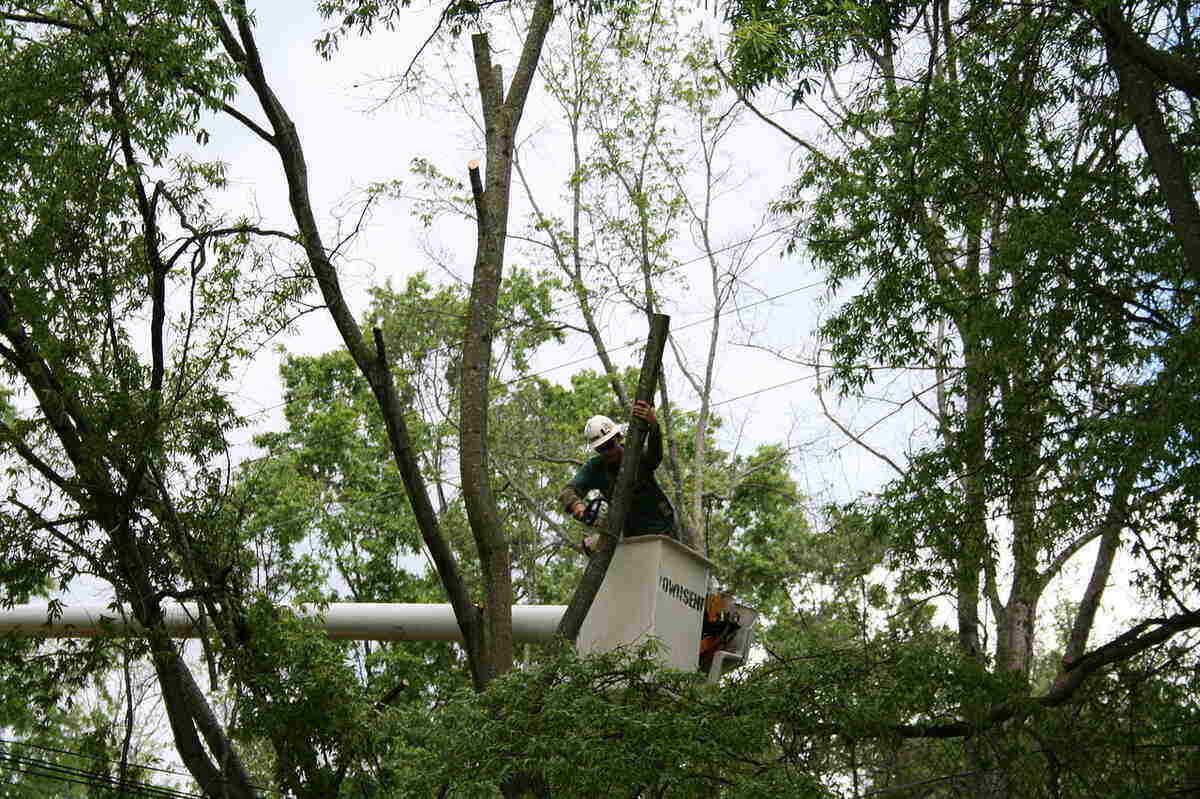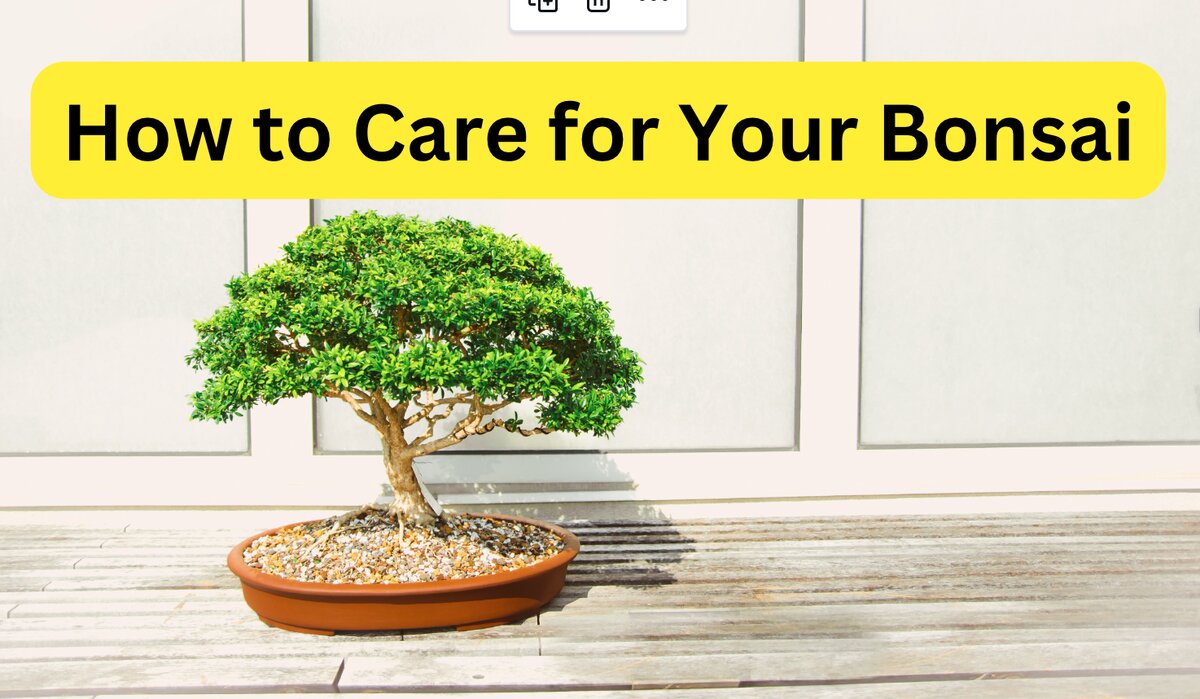
Patience, simplicity, and the beauty of imperfections. These are the core principals of how to care for a bonsai tree, and these are virtues anyone invested in this art will develop.
Bonsai is a vast art form built on centuries of practice, but there are some fundamentals to understand before you bring home your first bonsai. Here’s a brief explainer on the history, common types, and basic care principles for Bonsai 101.
History of Bonsai
The bonsai we admire here in the United States has evolved from Japanese tradition. However, bonsai dates back as far as 1,000 BC in China. With a belief in the mystical properties of miniature forms, Chinese culture has long valued the art of miniature landscapes, which include trees for scale.
In the 12th century bonsai made its way to Japan and was revered by Buddhist monks as a way of bringing nature’s splendor inside temples. Japanese bonsai is known for being meticulously well-pruned, mimicking the beauty of nature.
Literally translated as “planted in a container,” bonsai plants are to be one with the beautiful planter in which they rest. Antique Chinese pottery is sought after even today for Japanese bonsai in the U.S. Its 2,500-year history implies that bonsai is a true art requiring both skill and patience. However, that doesn’t mean we can’t all enjoy miniature trees, even if they are planted in a plain old terra cotta pot.
Types of Bonsai
There are many types of bonsai, but we’ll focus on the most popular ones for beginners, since that’s likely what you’re working with.
You may be familiar with money trees, which are one version of bonsai. Pachira aquatica often boasts a braided trunk made of five individual trees, and is actually easier to care for than other forms of bonsai.
Deciduous, broadleaf evergreens, pines, and conifers can all be restricted into bonsais. For an outdoor bonsai, you’ll need to take into consideration your specific climate and what will grow well in those conditions.
For a bonsai plant to be kept indoors, it’s necessary to choose a tropical variety that doesn’t require dormancy.
Here is a quick list of the most popular indoor and outdoor species of bonsai for beginners:
Indoor: Ficus Retusa and Ficus Ginseng
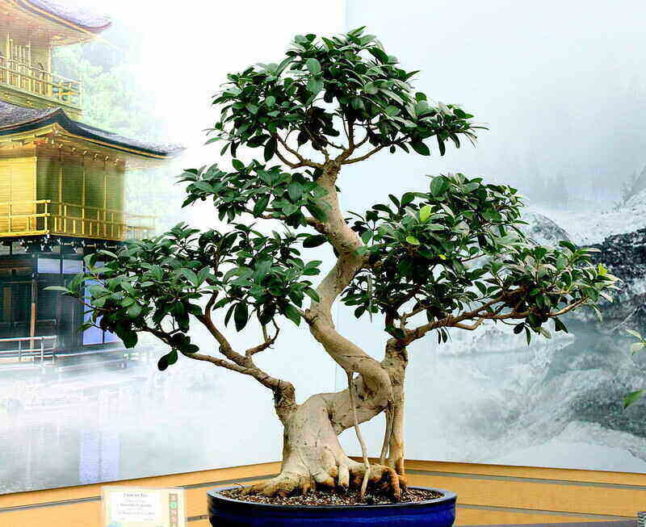
Also known as a Taiwan Ficus or Banyan Fig, this evergreen tree grows quickly. The full spread is comprised of small, glossy leaves in a shade of dark green. The trunk has a gray tone with dark flecks.
Ficus Retusa produces new foliage throughout the year, giving the tree a depth of color.
It is important to note that Ficus Ginseng is poisonous to dogs and should be kept out of reach of any household pets.
Outdoor: Juniper Bonsai
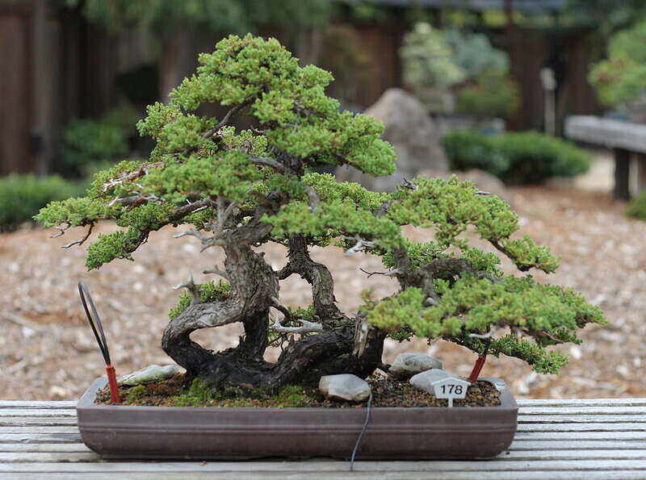
A great option for your patio or deck, juniper bonsai should be brought indoors before the first deep frost, and returned outside in the spring. Foliage colors vary from dark to light green, and can either be needle-like or scale-like depending on the variety.
Junipers will produce cones that typically measure around 1 inch. This plant is ideal for creating deadwood, giving the tree a dynamic appearance.
Basic Care for Tiny Trees
Each tiny tree species has its own care requirements, so research your specific plant. However, there are some general things to know about caring for your bonsai.
Water, Soil and Sunlight
There are a lot of factors dictating how much to water and when. However, it’s a good rule of thumb to water once the soil is slightly dry. This can be checked by poking a finger into the soil. Water from above with a watering can to mimic rainfall. If possible, use collected rainwater as opposed to tap water.
The right soil mix also is a factor in when and how to water. Most bonsai will do just fine in a mix sold specifically for bonsais. A sandy clay mix will provide proper water retention, drainage, and aeration.
Sunlight also impacts the amount of water your plant needs. In general, a south-facing window will provide your tree with the best sunlight. You want to consider drafts and fans, as these plants prefer warmer temperatures. Humidity is another factor to consider. A humidity tray or frequently misting the plant will help.
Fertilizer
Because bonsai grow with limited soil, it’s important to add nutrients regularly. Bonsai should be fertilized throughout the growing season.
For an indoor plant, this means all year, whereas an outdoor bonsai will require additives from spring through fall.
There are both liquid and solid fertilizer options, and you want to find one specifically for the genus and species you’re growing.
Repotting
Transplanting bonsai into bigger containers is important for healthy growth. This should be done before the growth season begins, and every year or two depending on variety.
Older plants may need to be repotted only every three to five years.
You may be tempted to keep your bonsai in its original pot because you don’t want it to grow too big. However, you have to tend to the roots so they don’t choke each other and die.
Pruning, Shaping and Wiring
This is the fun part. Regular pruning is important for health and aesthetics of your bonsai. You can use shears or clippers to remove branches and shoots from deciduous trees.
Some conifers should be pinched by hand, allowing branches to break at weak points, as this will prevent foliage from browning.
In addition to pruning, wiring can be used to shape a bonsai. Aluminum wire is best for young plants, while annealed copper is best suited for larger, thicker plants.
Wiring is used to direct growth in a way similar to a trellis for vines or beans. Keep a careful watch on growth, and remove wires before they cut into the branches. This is the part of bonsai care that takes the most patience, but can be the most rewarding.
Pests and Disease
Just like any other tree, you need to be mindful of pest issues with your bonsai. Spider mites and whiteflies are the most common, but aphids and mealybugs wreak havoc on potted plants as well. After identifying the pest, you’ll want to use an organic treatment to solve the problem.
Sudden dieback of branches or discoloration of leaves signals the presence of a virus or fungus. Remove infected branches and apply a fungicide. You’ll also want to move your sick plant away from other plants so the illness doesn’t spread.
Whether you have an affinity for miniature versions of objects or are plighted by a miniature yard, bonsai is attractive for many reasons. There’s a vast community to connect with, and a great deal of learning to be done. Developing patience, valuing simplicity, and recognizing the beauty in imperfections are just the beginning of the pleasure of bonsai.
Bonsai are pretty easy to take care of, but taller trees in your yard often need the care of an arborist for pruning, trimming, or bringing them down if your tree has been ravaged by disease or poses a danger to your home. LawnStarter can help you find the tree care pro to take care of all the trees in your yard.
Main Photo Credit: Pexels with text overlay
